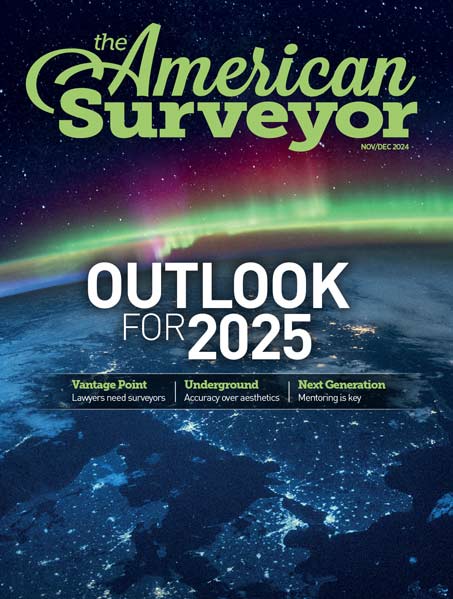Thornton, Colorado, USA, 31 October 2006 – The City of Nampa, Idaho, is using GPS and digital photo mapping software to create a web-accessible map database showing the precise locations of all grave sites in its public cemetery. Completed in just one summer, the mapping project was made possible by GPS-Photo Link software from GeoSpatial Experts of Thornton, Colo.
“With the growing interest in genealogy, our city clerks were spending many hours every week handling inquiries from people wanting to know where their relatives were buried in our cemetery,” said Rod Collins, GIS Manager in the Nampa Engineering Department. “Pinpointing a specific grave was time consuming because the clerks had to page through paper maps and records dating to the late 1800s.”
A long-time user of geospatial technology, Nampa decided to develop a digital map of the cemetery. Technicians uploaded digital burial records into a GPS receiver with built-in GIS collection capabilities. A part-time employee took this device along with a standard digital camera into the cemetery to map its 18,000 grave sites. At each grave marker, the employee keyed in the name of the interred, verified the dates, and took a digital photo of the tombstone. The GPS receiver recorded the precise latitude/longitude coordinates of the burial location.
At the end of each day, the digital photos and GPS data were loaded back into the city’s geographic information system (GIS). GPS-Photo Link software then automatically linked the digital photographic images with the GPS location data and mapped the photographs on the GIS layer. This created a digital map in which the tombstone photos and interment details were linked to their accurate geographic locations on the GIS map.
“We are now integrating the cemetery layer from our GIS into the city web site,” said Collins. “Anyone will be able to visit the site and view a customized map of the cemetery showing the location of a particular grave simply by querying on a name or date of death. The online user will also be able to view the photo of the tombstone.”
Nampa expects the grave mapping project will save many hours per week for clerks, who will no longer have to field the genealogy requests personally. In addition, the web site may also make it easier to sell grave sites. The clerks plan to use the web site in their office to show prospective buyers where available plots are located in the cemetery. Nampa will have the grave site location application live on its web site by late November.
“Mapping grave sites in cemeteries is a rapidly growing application of GPS technology,” said Rick Bobbitt, President of GeoSpatial Experts. “Many cities have purchased our GPS-Photo Link software because it provides one of the easiest and most inexpensive means of creating a geographically accurate digital map.”
For more information on GPS-Photo Link, visit www.geospatialexperts.com.
